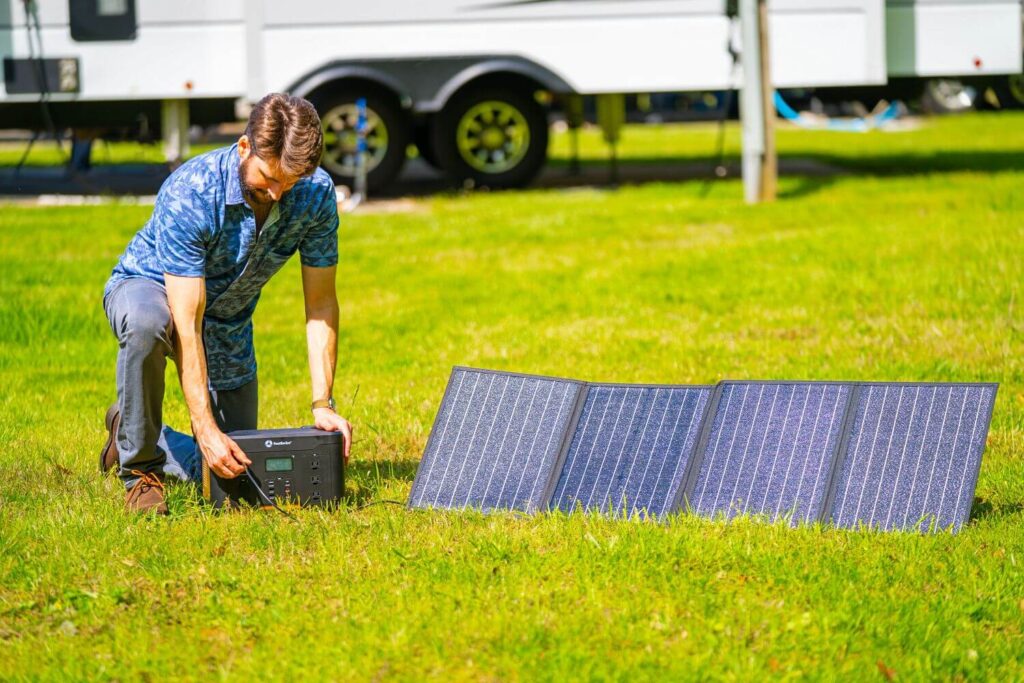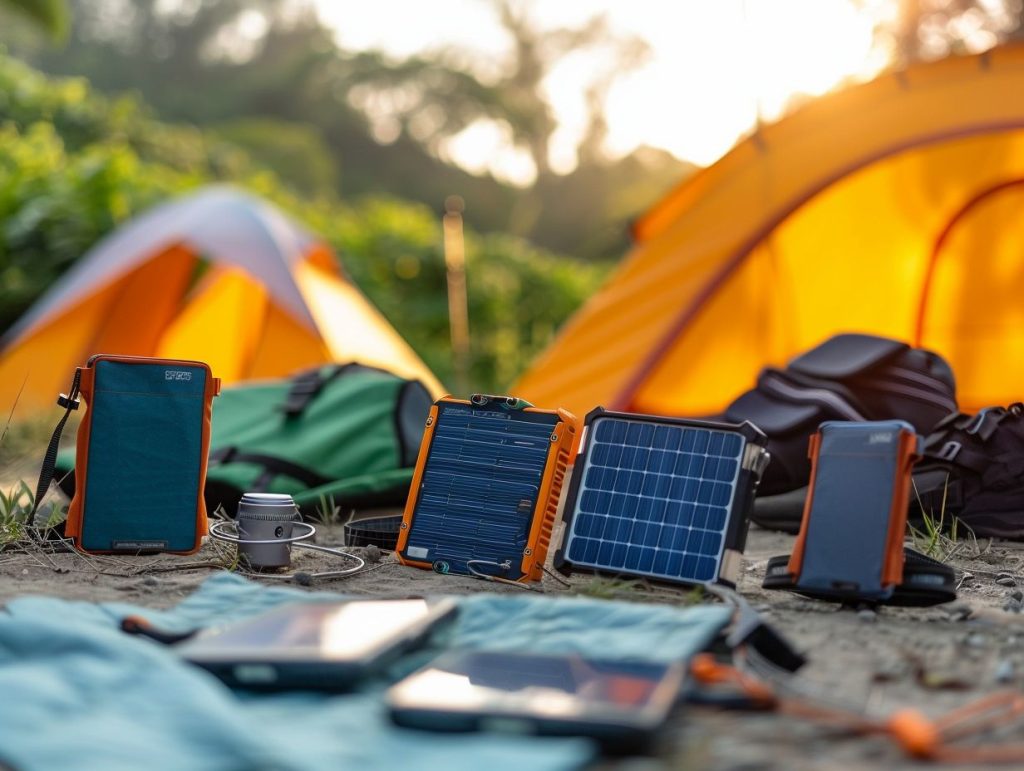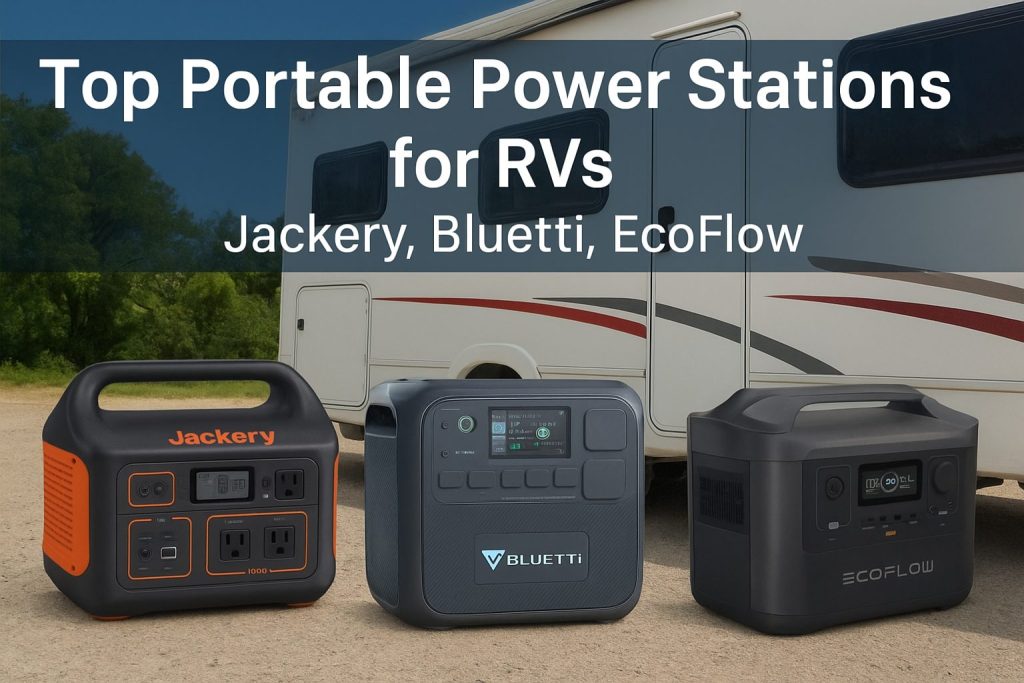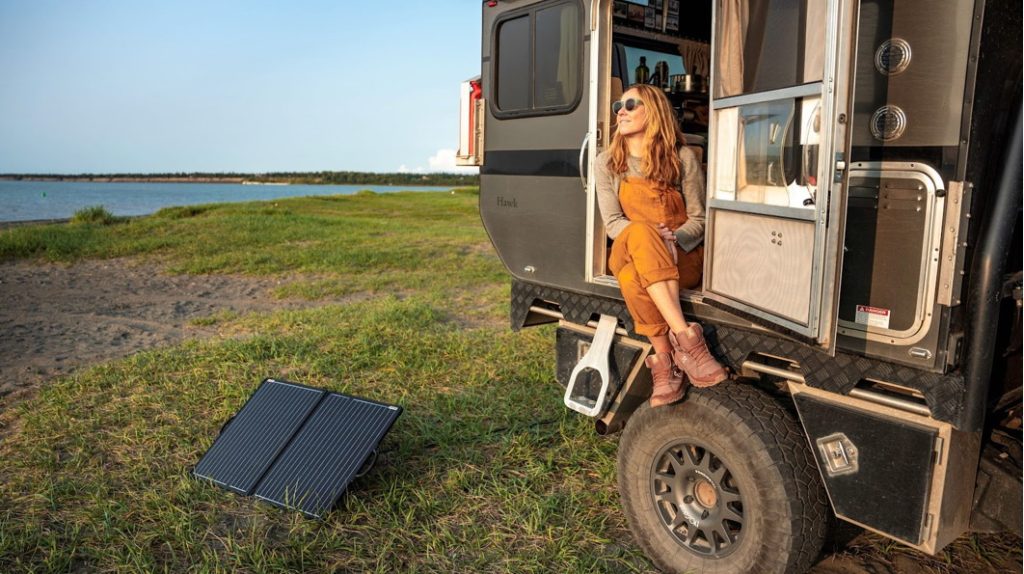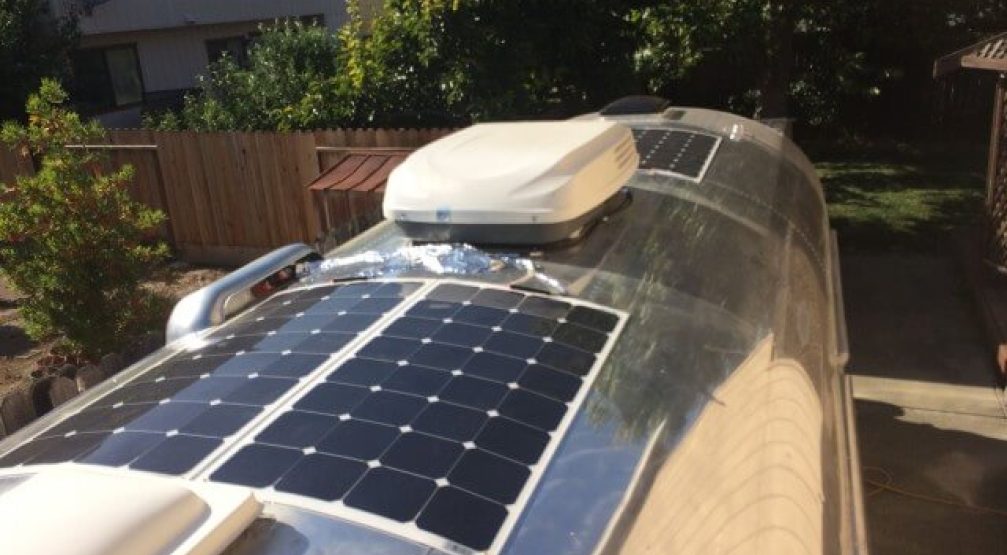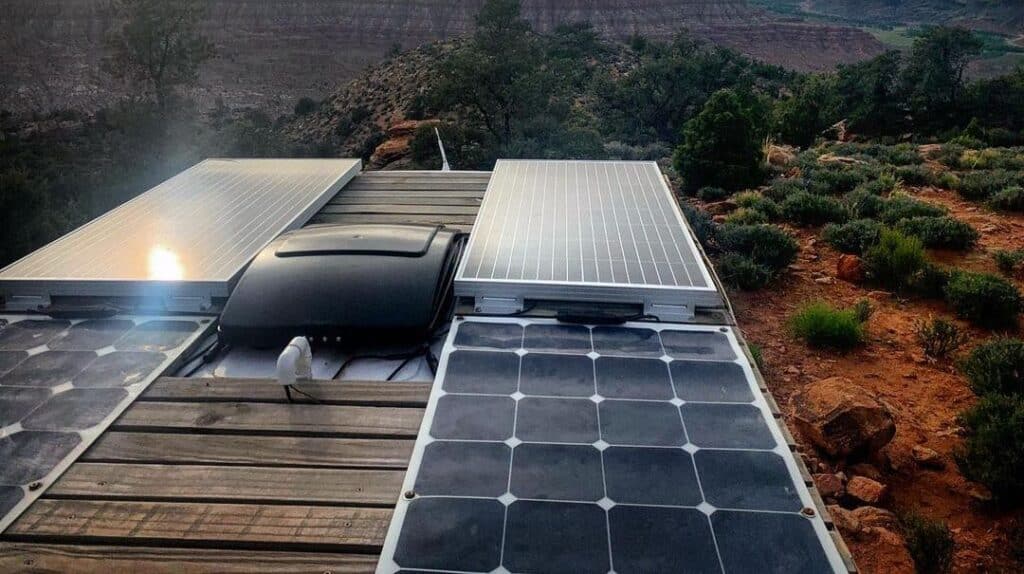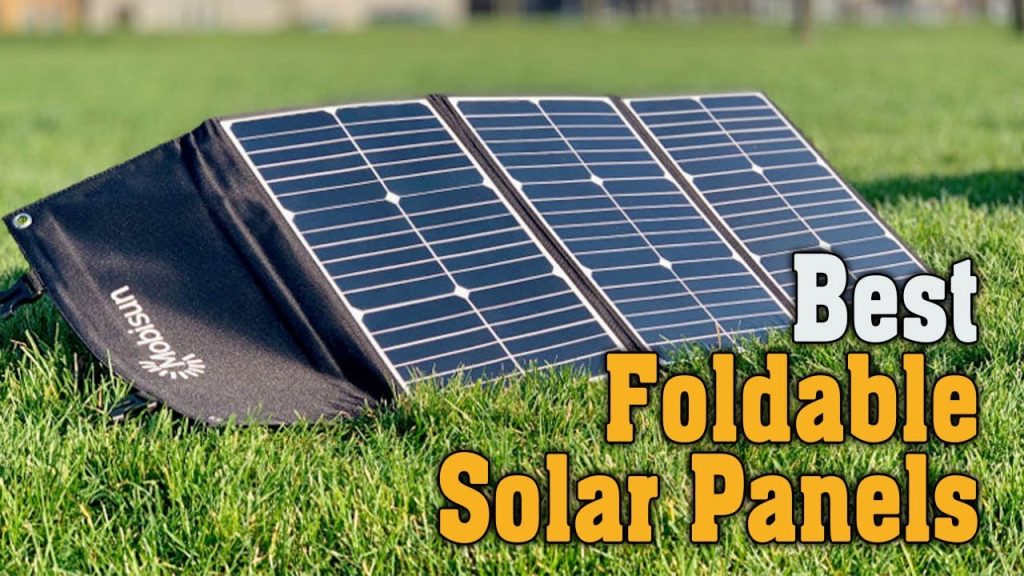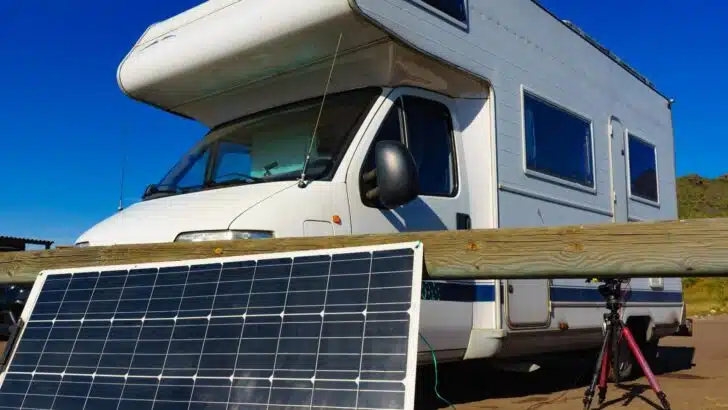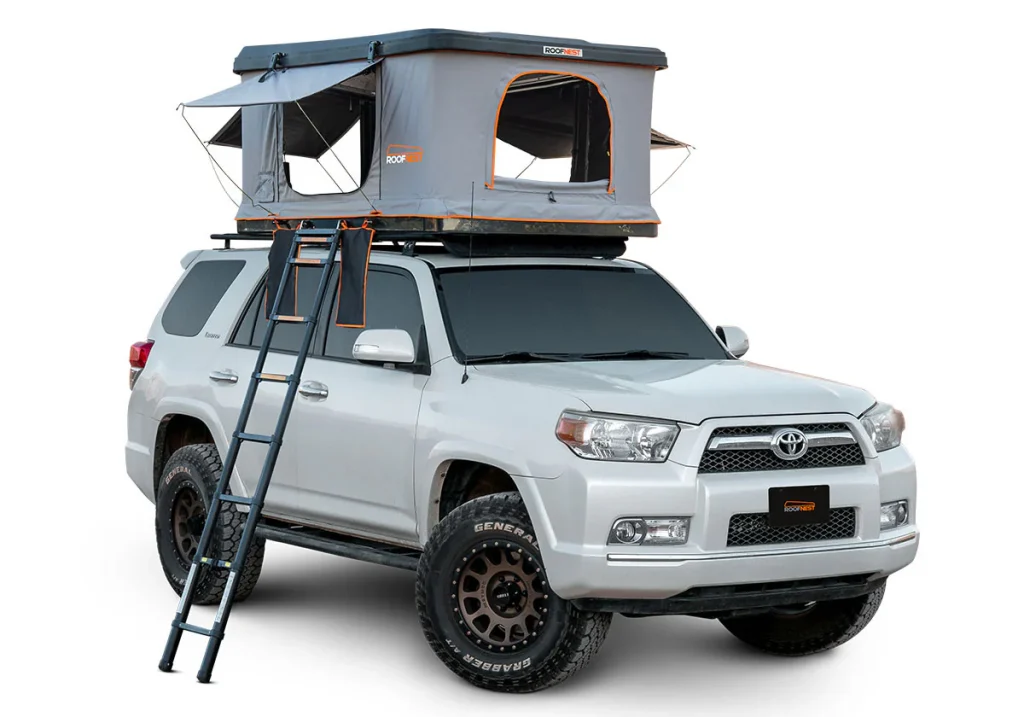In recent years, solar panels have become an essential upgrade for campervans, especially for those who want to live or travel off-grid without sacrificing comfort or electrical conveniences. Whether you’re a weekend warrior, digital nomad, or full-time vanlifer, having a solar system onboard can be a game-changer for powering lights, fans, fridges, and charging your gadgets.
But not all solar panels are the same. Two of the most popular options for campervans are flexible and rigid solar panels. Both types offer unique advantages and limitations depending on your van’s roof, lifestyle, and power needs.
This guide dives deep into the pros and cons of flexible vs rigid solar panels, helping you decide which type is best suited for your campervan adventure.
What Are Flexible Solar Panels?
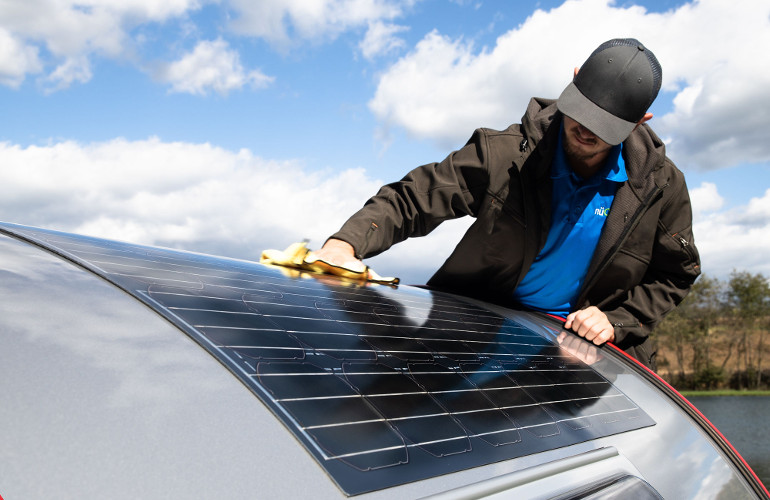
Flexible solar panels are lightweight, bendable, and designed to contour to curved or uneven surfaces. Unlike their rigid counterparts, they use thin, semi-flexible materials such as thin-film or monocrystalline silicon laminated in plastic.
These panels typically range from semi-flexible (up to 30° curvature) to ultra-thin rollable designs. They’re ideal for minimalist or stealth campervans that want to remain low-profile without drilling holes into the roof.
Key Features of Flexible Panels:
-
Thin and lightweight (typically 2–5 mm thick)
-
Can be glued or Velcroed directly to the roof
-
Often used where weight and aerodynamics are critical
-
Generally produce 100W to 200W per panel
What Are Rigid Solar Panels?
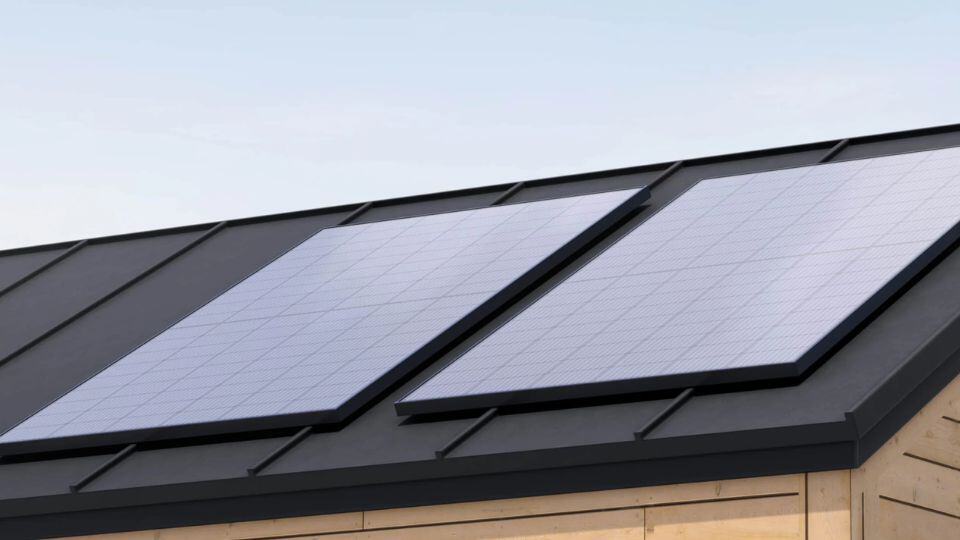
Rigid solar panels are the traditional panels you’ll find on homes, RVs, and off-grid cabins. Built with glass-covered photovoltaic (PV) cells and mounted in a durable aluminum frame, these panels are bulkier but more efficient and long-lasting.
They are designed to be installed using brackets that lift them off the van’s roof, allowing airflow underneath to keep the panels cooler and more efficient.
Key Features of Rigid Panels:
-
Durable and weather-resistant
-
Standard sizes with fixed wattages (usually 100W, 200W, or more)
-
Require mounting brackets or roof racks
-
Commonly used for high-wattage solar setups
Flexible Solar Panels: Pros and Cons
✅ Pros of Flexible Solar Panels
-
Lightweight & Thin Profile
Flexible panels typically weigh 2–5 lbs, making them easy to transport and install. They’re ideal for vans with limited roof load capacity or older vehicles where weight matters. -
Easier to Install
No drilling is required. You can secure flexible panels with adhesives, tape, or Velcro. This reduces the risk of water leaks and makes them suitable for DIYers or renters. -
Fits Curved Roofs & Odd Surfaces
Perfect for vans with fiberglass pop tops or curved rooflines. Flexible panels bend and conform to non-flat surfaces where rigid panels can’t go. -
Stealth Camping Friendly
Since they lie flush against the roof, flexible panels are less noticeable. This is great if you’re parking in cities or stealth camping where discretion is key. -
Lower Wind Drag
Without bulky frames, flexible panels create little to no wind resistance, slightly improving fuel efficiency and reducing noise on the road.
❌ Cons of Flexible Solar Panels
-
Lower Efficiency
They tend to produce 10–20% less power per watt than rigid panels, especially in high heat. Poor heat dissipation affects performance. -
Durability Issues
Flexible panels degrade faster, particularly if constantly exposed to heat, UV rays, and rain. Scratches or punctures can easily occur due to lack of protective glass. -
Overheating Risks
Since they’re mounted flat without airflow underneath, they get hotter, which further reduces energy conversion. -
Higher Cost per Watt
While the panels may be cheaper upfront, their shorter lifespan and lower efficiency make them costlier per watt over time. -
Difficult to Replace Individual Components
Many flexible panels are sealed units. If one part fails, you may need to replace the whole panel.
Rigid Solar Panels: Pros and Cons
✅ Pros of Rigid Solar Panels
-
Higher Energy Efficiency
Rigid panels use advanced monocrystalline or polycrystalline PV cells that offer up to 22% efficiency, translating to more power per square inch. -
Durability & Longevity
These panels are built with tempered glass and aluminum framing, offering protection from hail, debris, and UV rays. Most rigid panels come with 20–25-year warranties. -
Better Heat Dissipation
Raised installation promotes airflow beneath the panel, keeping it cooler and optimizing power output in hot environments. -
Cost-Effective in the Long Term
While installation costs might be higher, rigid panels last longer and perform better, making them more economical over time. -
Modular & Expandable
It’s easier to add or replace panels as your power needs grow. Rigid setups allow for custom system expansion.
❌ Cons of Rigid Solar Panels
-
Heavier & Bulkier
A standard 100W rigid panel can weigh 15–20 lbs. This can add significant weight to your van, affecting fuel economy and handling. -
Complex Installation
Requires mounting brackets or roof racks, and often involves drilling holes into your van roof, which can void warranties or risk leaks. -
Not Suitable for Curved Roofs
They require a flat surface and may not be ideal for Airstream-style or fiberglass camper roofs. -
More Visually Obvious
Raised panels stand out, which may attract attention during stealth camping or city parking. -
Potential for Wind Drag
Their protruding shape creates drag, especially at highway speeds, which may impact fuel efficiency slightly.
Key Differences at a Glance
| Feature | Flexible Panels | Rigid Panels |
|---|---|---|
| Weight | Lightweight (2–5 lbs) | Heavy (15–25 lbs) |
| Installation | Glue, Velcro, or tape (no drilling) | Brackets, screws, and possible drilling |
| Surface Fit | Curved or irregular surfaces | Flat surfaces only |
| Efficiency | Lower (up to 15–18%) | Higher (up to 22%) |
| Durability | Shorter lifespan, prone to damage | High durability, long lifespan |
| Aesthetic | Sleek, low-profile | Bulky, visible from a distance |
| Cost Per Watt | Higher | Lower |
| Ventilation | No airflow, may overheat | Good airflow, stays cooler |
| Ideal Use | Lightweight, stealth setups | Full-time off-grid or high-demand systems |
Which Type Is Best for Your Campervan?
The best solar panel type depends on your vehicle, power needs, travel habits, and personal preferences. Here’s how to decide:
✔️ Choose Flexible Panels If:
-
Your van has a curved or fiberglass roof
-
You want an ultra-light setup
-
Stealth camping is a priority
-
You’re doing weekend or seasonal trips
-
You want to avoid drilling holes in your roof
✔️ Choose Rigid Panels If:
-
You need reliable, long-term solar output
-
Your campervan has a flat roof with enough surface area
-
You have high daily power needs (e.g., fridge, fans, laptops)
-
You’re full-timing or living off-grid
-
You’re okay with permanent installation and slightly more weight
Installation and Maintenance Tips
🔧 Installation Tips
Flexible Panels
-
Clean and dry the surface thoroughly before applying adhesive.
-
Use proper backing (e.g., foam insulation board) to prevent roof heat transfer.
-
Install a solar charge controller to avoid overcharging your batteries.
-
Add UV-resistant sealant around edges to extend lifespan.
Rigid Panels
-
Use proper brackets or tilt mounts for airflow and angle optimization.
-
Seal all drill holes with waterproof gaskets or marine-grade sealant.
-
Route cables through waterproof gland boxes into your van.
-
Avoid installing near roof vents or obstacles that may cast shadows.
🧽 Maintenance Tips
-
Clean panels monthly using a soft cloth and water (avoid harsh chemicals).
-
Inspect for damage, corrosion, or dirt buildup that can reduce efficiency.
-
Check cable connections and mounts after long road trips or storms.
-
Use a solar monitor to track panel performance over time.
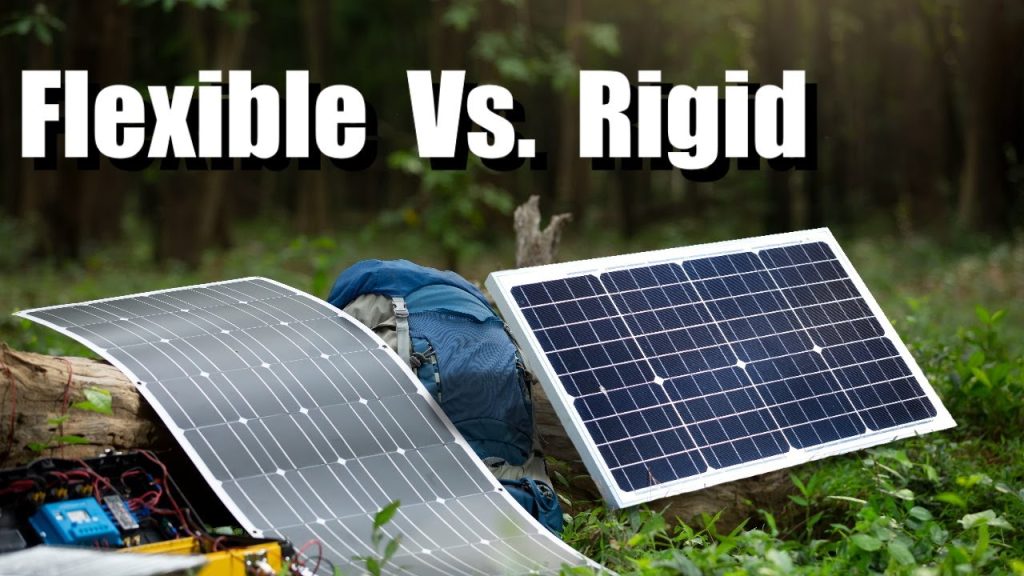
Expert Opinions & Real-World Experiences
Many vanlife veterans and solar installers agree on one core idea: “The best solar panel is the one that works best for your van and lifestyle.”
Here are some summarized insights:
-
Vanlifers on Reddit and YouTube often report that flexible panels are perfect for short trips or stealthy urban camping, but they usually replace them with rigid panels after a year due to wear.
-
RV and camper conversion specialists recommend rigid panels for any long-term or full-time build due to their durability and efficiency.
-
Brands like Renogy, Newpowa, and Rich Solar consistently receive high praise for rigid panels, while SunPower and ALLPOWERS offer popular flexible options.
Final Thoughts
Both flexible and rigid solar panels offer viable, eco-friendly power solutions for campervans. The key lies in choosing the right option based on your vehicle design, usage pattern, and power needs.
-
Flexible panels win in terms of stealth, easy installation, and aesthetics—but you’ll trade off long-term durability and efficiency.
-
Rigid panels provide long-lasting, reliable power and better output—at the cost of higher weight, more complex installation, and visibility.
Ultimately, if you’re planning short road trips or stealth city camping, go flexible. If you’re committing to off-grid living or long-term travel, invest in rigid.
Read More: Jackery 1000 vs Bluetti EB70: Portable Power Showdown


